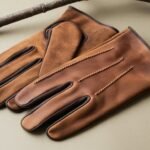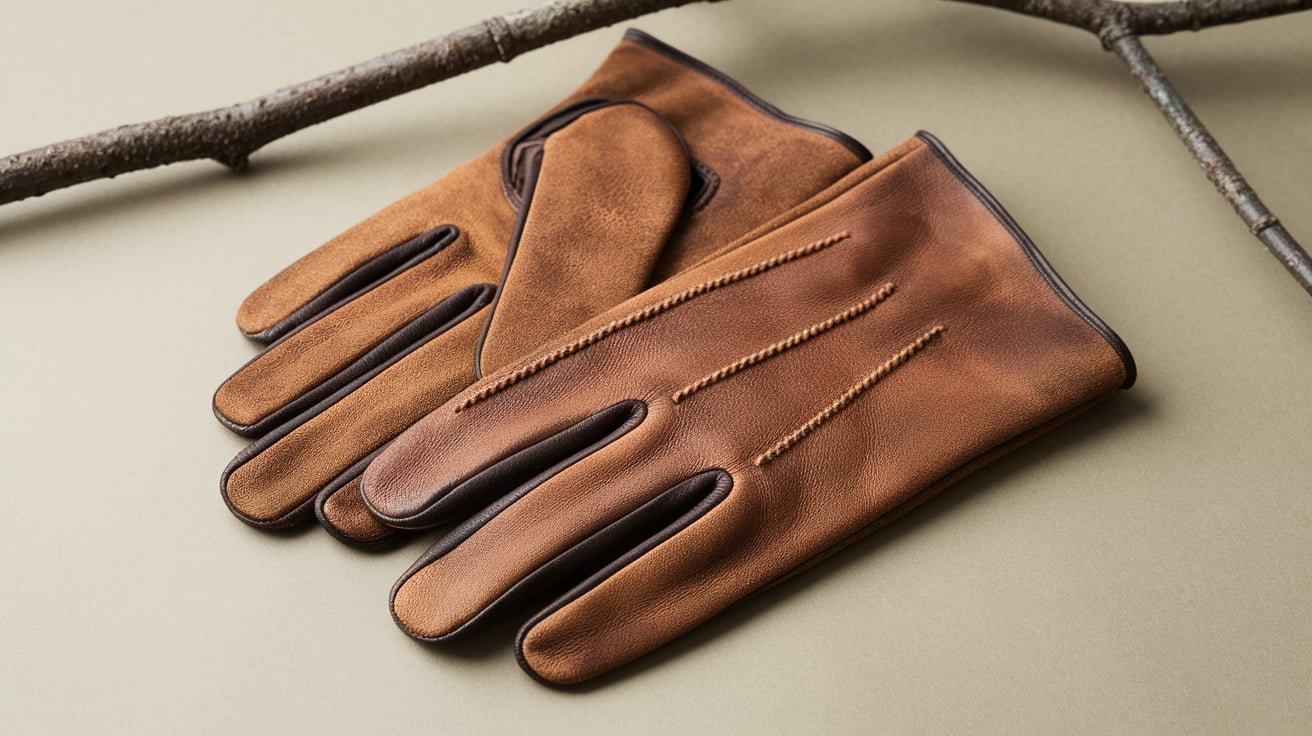Introduction
The phrase “butter pat ancient glass bead” brings to mind a world of history, artistry, and the rich cultural tapestry of human craftsmanship. These small, intricate creations have transcended time, telling stories of ancient civilizations and their exceptional artistry.
The Origin of the pat ancient glass bead
The butter pat ancient glass bead is not just a decorative item but a relic that showcases the sophistication of ancient artisans. Archaeological evidence suggests that these beads date back to some of the earliest glassmaking traditions, particularly from regions like Mesopotamia, Egypt, and later, the Roman Empire. The butter pat ancient glass bead often reflects the social, spiritual, and economic life of the communities that crafted them.
The Crafting Process: Ancient Techniques
Creating a butter pat ancient glass bead required both skill and precision. Artisans used sand, soda ash, and lime to create glass. The molten material was carefully shaped into beads, often incorporating vibrant colors and intricate designs. The name “butter pat” likely refers to the bead’s smooth, rounded shape and its glossy, creamy finish, resembling a dollop of butter.
Cultural Significance of butter pat ancient glass beads
These beads were not mere ornaments. The butter pat ancient glass bead often held religious, symbolic, or economic value. In ancient Egypt, for example, beads were worn as protective amulets. Across the Mediterranean, they were traded as currency, showcasing their worth in ancient economies.
A Symbol of Connectivity
The widespread discovery of butter pat ancient glass beads across various regions demonstrates their role in connecting different cultures. From Europe to Asia, these beads traveled vast distances, serving as a testament to early trade networks. The butter pat ancient glass bead acted as a bridge between societies, fostering exchanges of not just goods but also ideas and traditions.
butter pat ancient glass beads in Modern Collections
Today, the butter pat ancient glass bead is a prized possession among collectors and historians. These beads are meticulously preserved in museums, offering a glimpse into the lives of those who crafted and wore them centuries ago. Each butter pat ancient glass bead is unique, bearing the marks of its maker and the influences of its era.
The Art of Glass Bead Making Lives On
While the ancient techniques of creating the butter pat ancient glass bead have evolved, the essence of bead-making remains alive. Contemporary artists draw inspiration from these ancient artifacts, blending traditional methods with modern innovation. The butter pat ancient glass bead serves as a reminder of humanity’s enduring creativity.
The Mystery of the Name
One might wonder why this particular bead is named the “butter pat ancient glass bead.” The term “butter pat” evokes imagery of smoothness and simplicity. Its origin might lie in the tactile feel of the bead, which is as pleasing to touch as a pat of butter is to the eye.
The butter pat ancient glass bead in Folklore
Legends often accompany objects of antiquity, and the butter pat ancient glass bead is no exception. Stories abound about beads that bring good luck or carry the spirits of ancestors. In some cultures, the butter pat ancient glass bead was thought to possess healing properties.
Preserving the Legacy
Efforts to preserve the butter pat ancient glass bead involve both restoration and education. Conservators work to prevent further deterioration of these artifacts, while scholars aim to deepen our understanding of their historical contexts.
Conclusion
The butter pat ancient glass bead is more than just an artifact; it is a testament to human ingenuity, creativity, and interconnectedness. Through its delicate form, it narrates tales of ancient civilizations, their cultures, and their lasting impact on the world.
By exploring the history and significance of the butter pat ancient glass bead, we can appreciate the artistry and innovation of our ancestors, ensuring that their legacy continues to inspire future generations.










